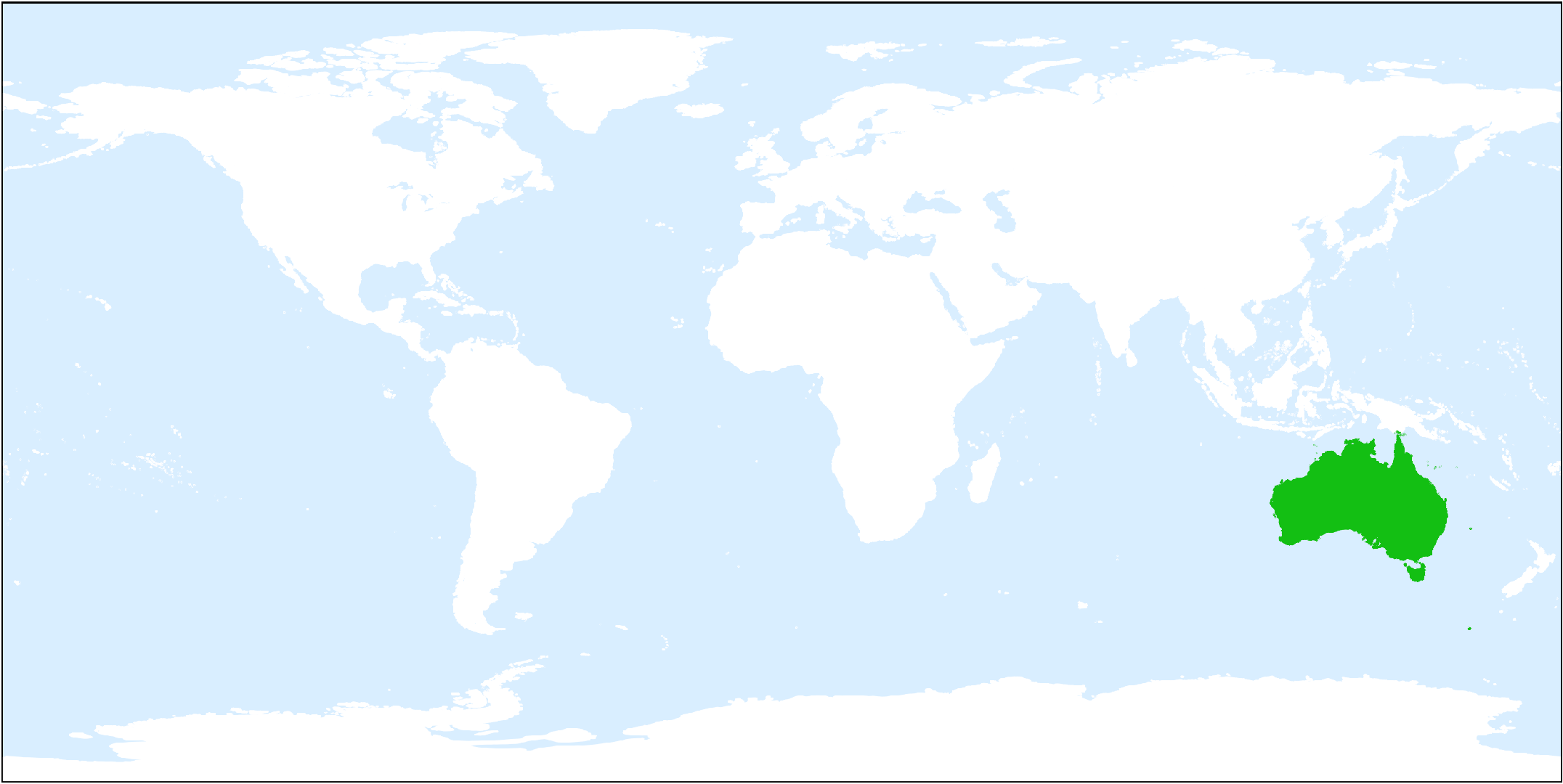Water stains
Water stains on Slender banksia signify the early stages of fungal infections that can reduce photosynthesis and weaken the plant. Early detection and control are crucial to prevent spread and severe impairment.
Learn More About the Water stains
![more]()
Leaf drop
Leaf drop is a disease affecting Slender banksia, leading to premature leaf fall, weakening the plant. This condition impacts the plant's growth and survival, primarily caused by environmental stress or pathogenic infections.
Learn More About the Leaf drop
![more]()
Lichen
Lichen is not a disease but a symbiotic partnership between fungi and algae, commonly mistaken as a plant pathology. On Slender banksia, it indirectly affects photosynthesis by covering the leaf surface, but doesn't harm the plant directly.
Learn More About the Lichen
![more]()
Weevil
Weevil disease significantly affects Slender banksia, causing leaf damage and reduced vigor. This pest-induced condition leads to substantial foliage loss and potential plant death if unmanaged.
Learn More About the Weevil
![more]()
Aphid
Aphid infestations on Slender banksia primarily impair plant health by sucking sap, leading to weakened growth and distorted leaves. These pests can also spread viruses, further deteriorating the plant's condition.
Learn More About the Aphid
![more]()
Scars
Scars disease notably affects the growth and cosmetic appeal of Slender banksia, leading to significant visual and physiological damage. Early detection and specific integrated management approaches are critical for controlling its spread and impact.
Learn More About the Scars
![more]()
Leaf yellowing
Leaf yellowing in 'Slender banksia' primarily impairs foliage health, potentially reducing photosynthesis and weakening the plant. It can lead to premature leaf drop and hinder overall growth and resilience.
Learn More About the Leaf yellowing
![more]()
Borer
Borer disease in Slender banksia typically involves insect larvae that damage the plant by burrowing into stems and roots, weakening and possibly killing the host.
Learn More About the Borer
![more]()
Moss
Moss disease significantly affects Slender banksia, causing discolored leaves, hindered growth, and eventual plant death if untreated. The moss species encroach upon and affect photosynthesis and nutrient absorption in the host plant.
Learn More About the Moss
![more]()
Yellow edges
Yellow edges is a disease affecting Slender banksia, characterized by yellowing at the leaf margins. It leads to reduced vigor and aesthetics of the plant, potentially hindering growth if untreated.
Learn More About the Yellow edges
![more]()
Dark blotch
Dark blotch is a fungal infection critically affecting Slender banksia, leading to reduced growth, premature leaf drop, and sometimes plant death. Its progression is potentiated under wet and humid conditions.
Learn More About the Dark blotch
![more]()
Caterpillar
Caterpillar disease affects Slender banksia, characterized by defoliation and decreased vigor. Infestations can significantly reduce aesthetic and ecological value, particularly in vulnerable or young plants.
Learn More About the Caterpillar
![more]()
Leaf beetle
Leaf beetle disease impacts Slender banksia by causing defoliation, reduced flowering, and weakened plant health. This commonly affects both young and mature plants, leading to widespread cosmetic and physiological damage.
Learn More About the Leaf beetle
![more]()
Leafhopper
Leafhopper disease, caused by the Empoasca sp. insect, typically impacts Slender banksia by inducing yellowing and curling of leaves. This affects the plant's growth and overall health.
Learn More About the Leafhopper
![more]()
Spider mite
Spider mites, particularly problematic in dry, dusty conditions, infest Slender banksia, causing stunted growth, discolored foliage, and potential death if untreated.
Learn More About the Spider mite
![more]()
Scale insect
Scale insects are pests that attach themselves to the stems and leaves of Slender banksia, extracting sap and weakening the plant. Infestations are characterized by leaf yellowing, dieback, and stunted growth.
Learn More About the Scale insect
![more]()
Mealybug
Mealybug disease significantly impacts the health of Slender banksia, causing stunted growth, deformed leaves, and eventual plant death if not managed. These pests consume sap and secrete sticky honeydew, encouraging sooty mold growth.
Learn More About the Mealybug
![more]()
Leaf tip withering
Leaf tip withering in Slender banksia primarily manifests as the gradual drying and browning of leaf tips, ultimately affecting the plant's photosynthesis and overall health. This condition could indicate potential environmental stress or pathogenic attacks.
Learn More About the Leaf tip withering
![more]()
Thrips
Thrips are tiny pests that affect Slender banksia, leading to discoloration, deformed leaves, and reduced flowering. They thrive in warm climates and can spread diseases, severely impacting plant health if untreated.
Learn More About the Thrips
![more]()
Lace bug
Lace bug disease notably affects Slender banksia, leading to leaf discoloration and reduced photosynthesis. Timely management can mitigate the spread and damage, particularly crucial during warm, dry periods.
Learn More About the Lace bug
![more]()
Spots
Spots is a fungal disease affecting Slender banksia, characterized by leaf discolorations and premature leaf drop, significantly impacting the plant's photosynthesis and overall health.
Learn More About the Spots
![more]()








